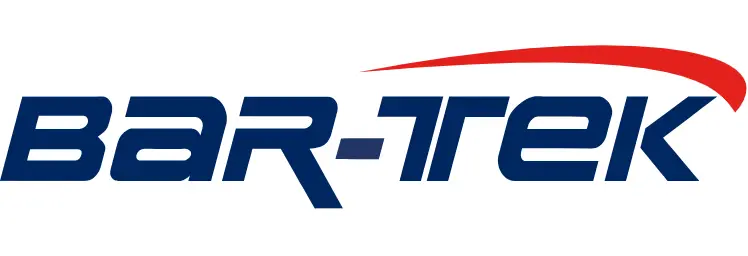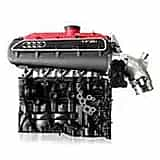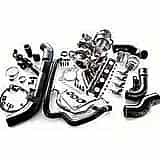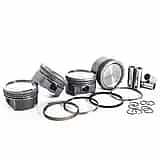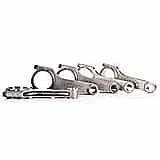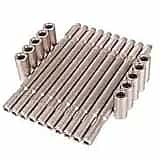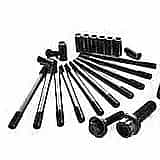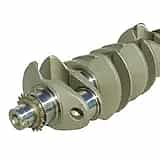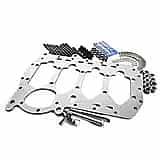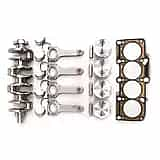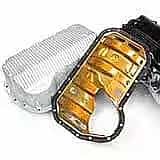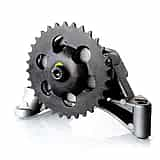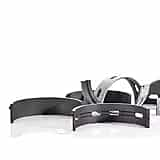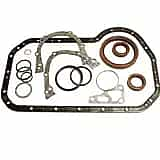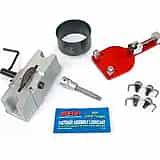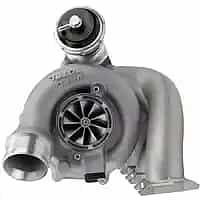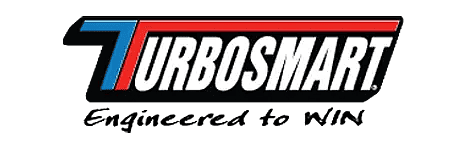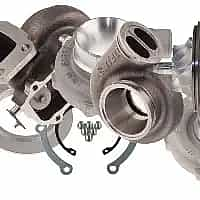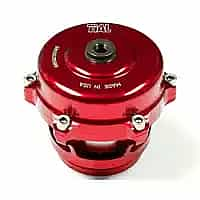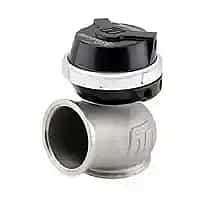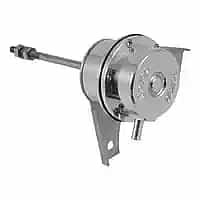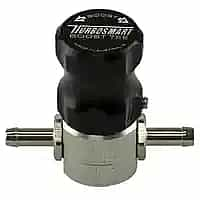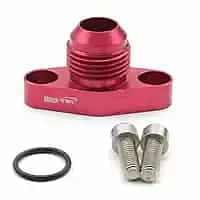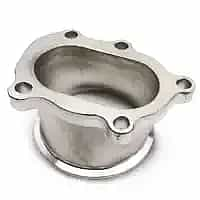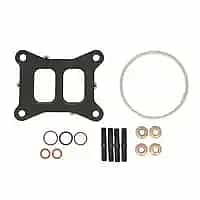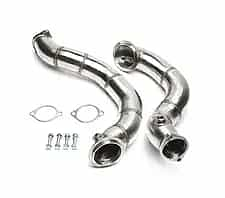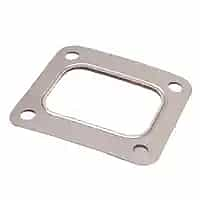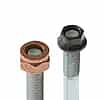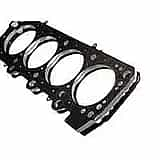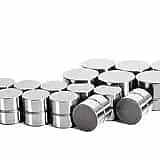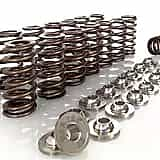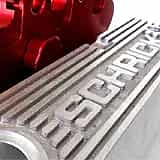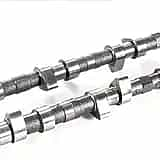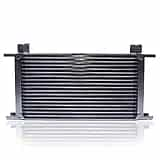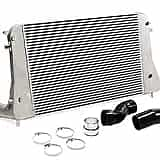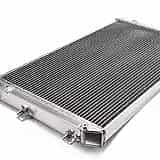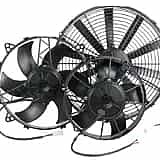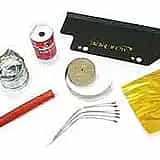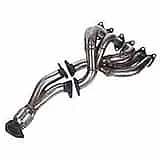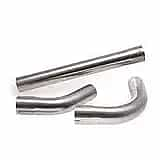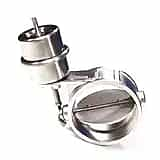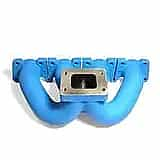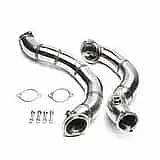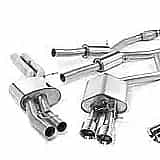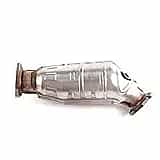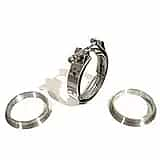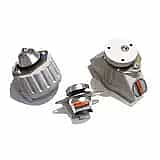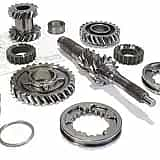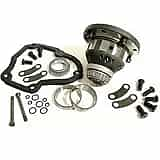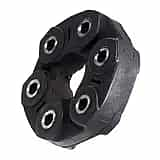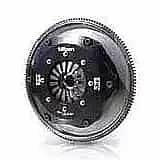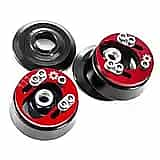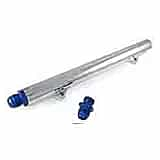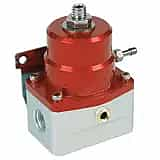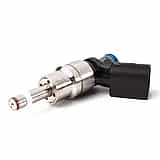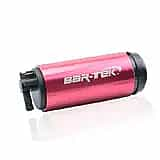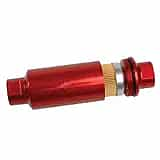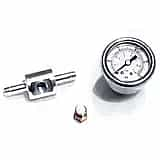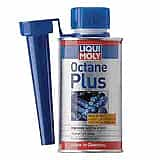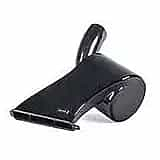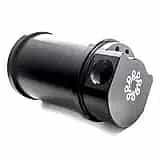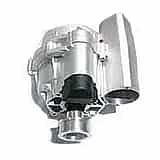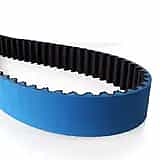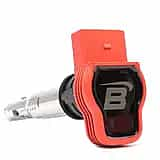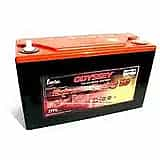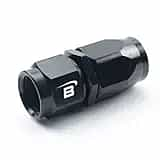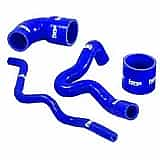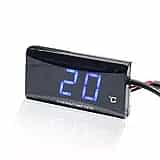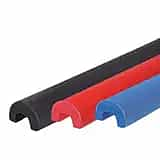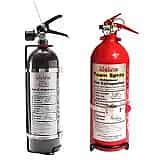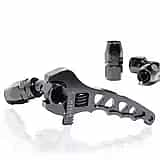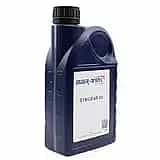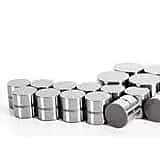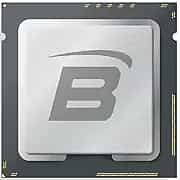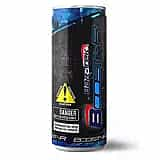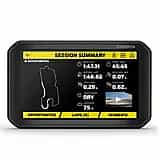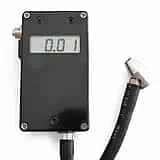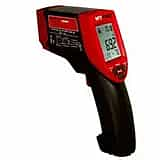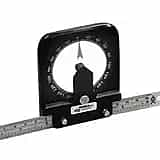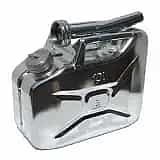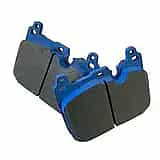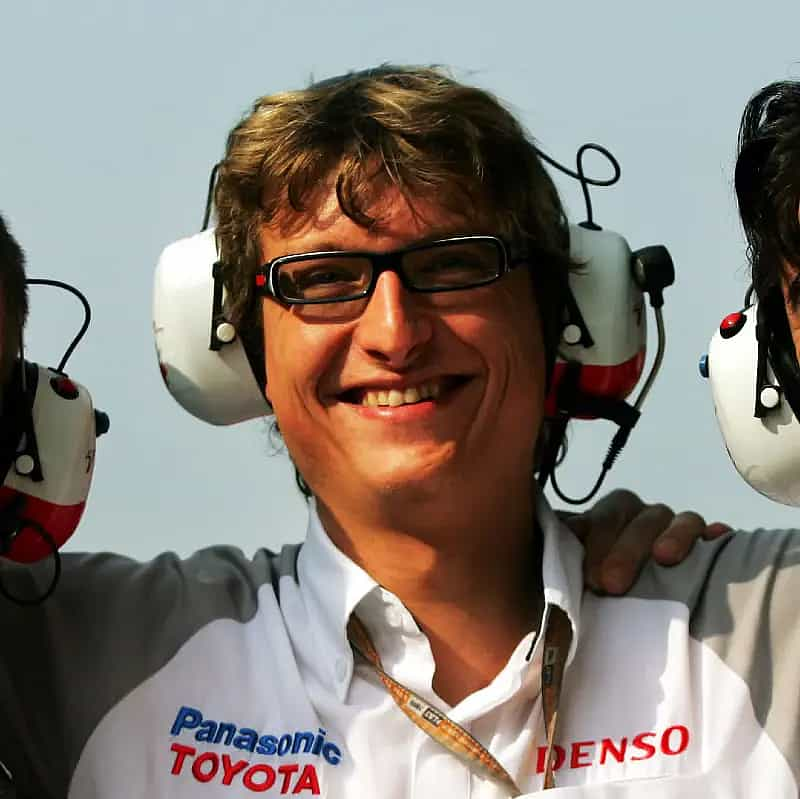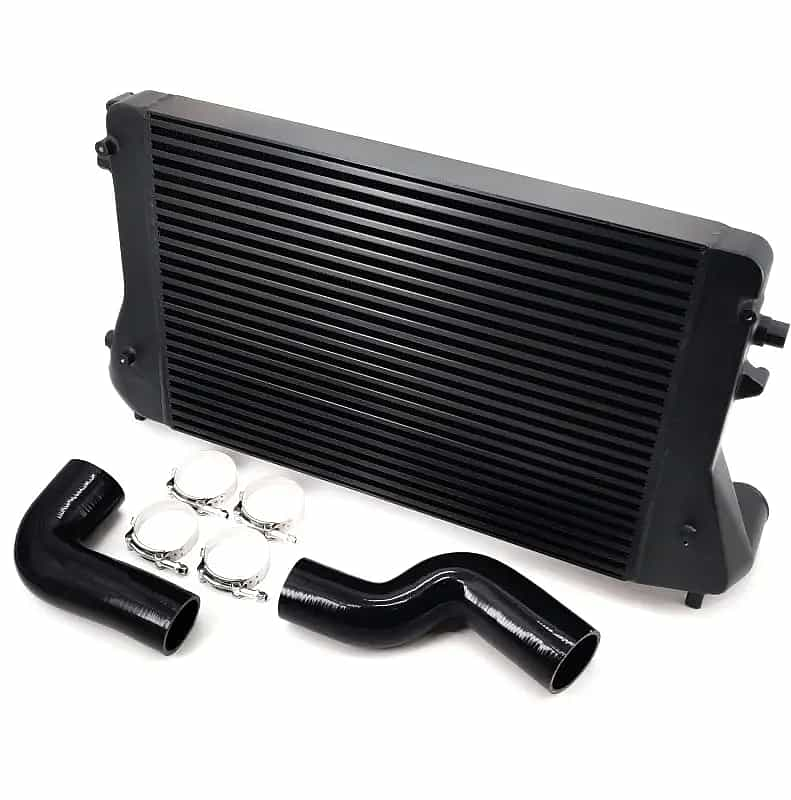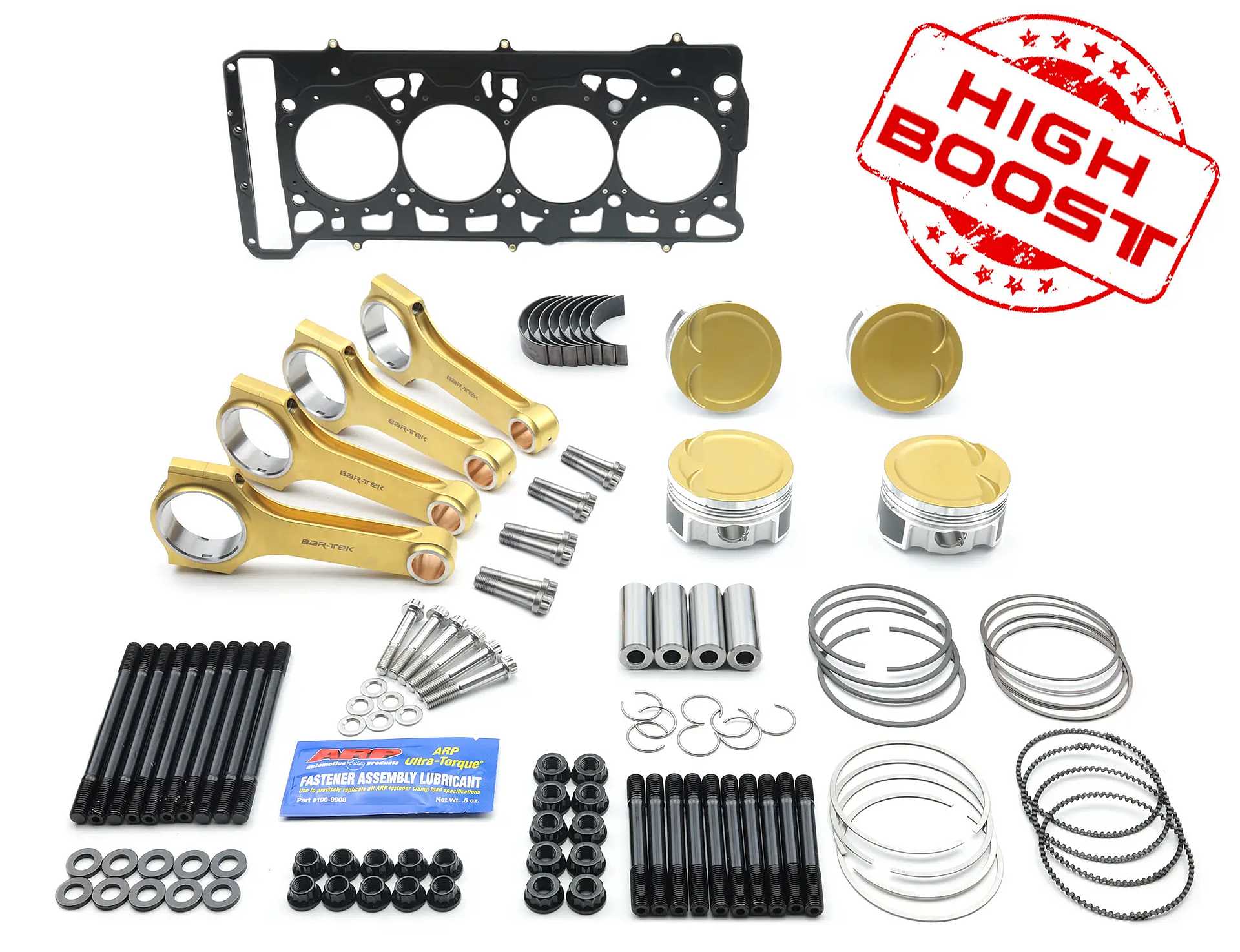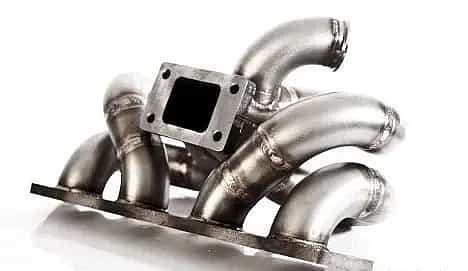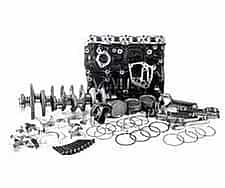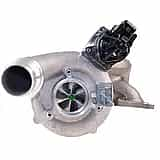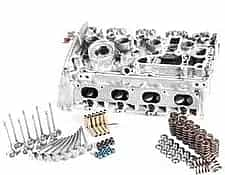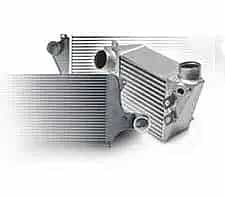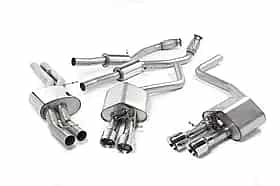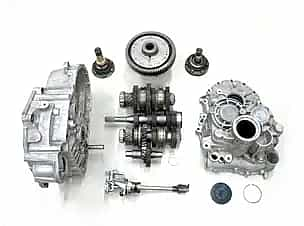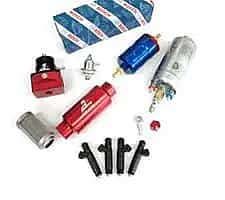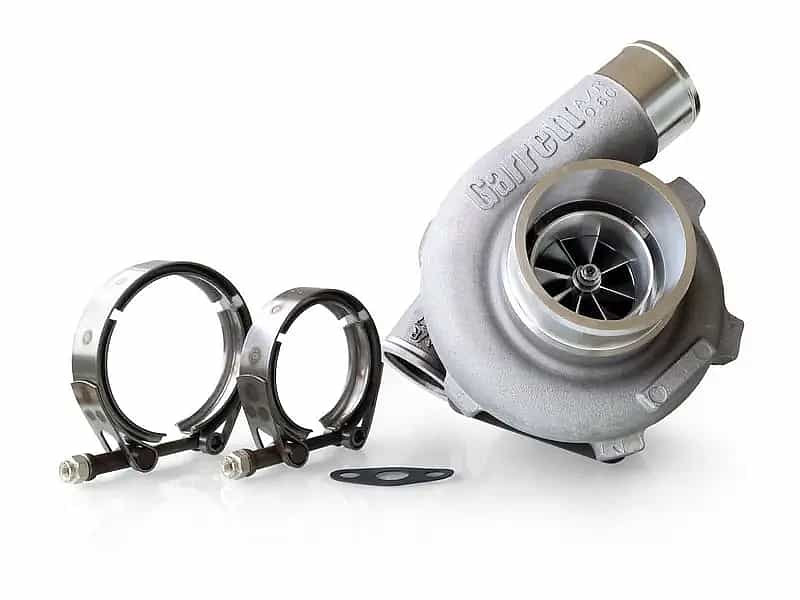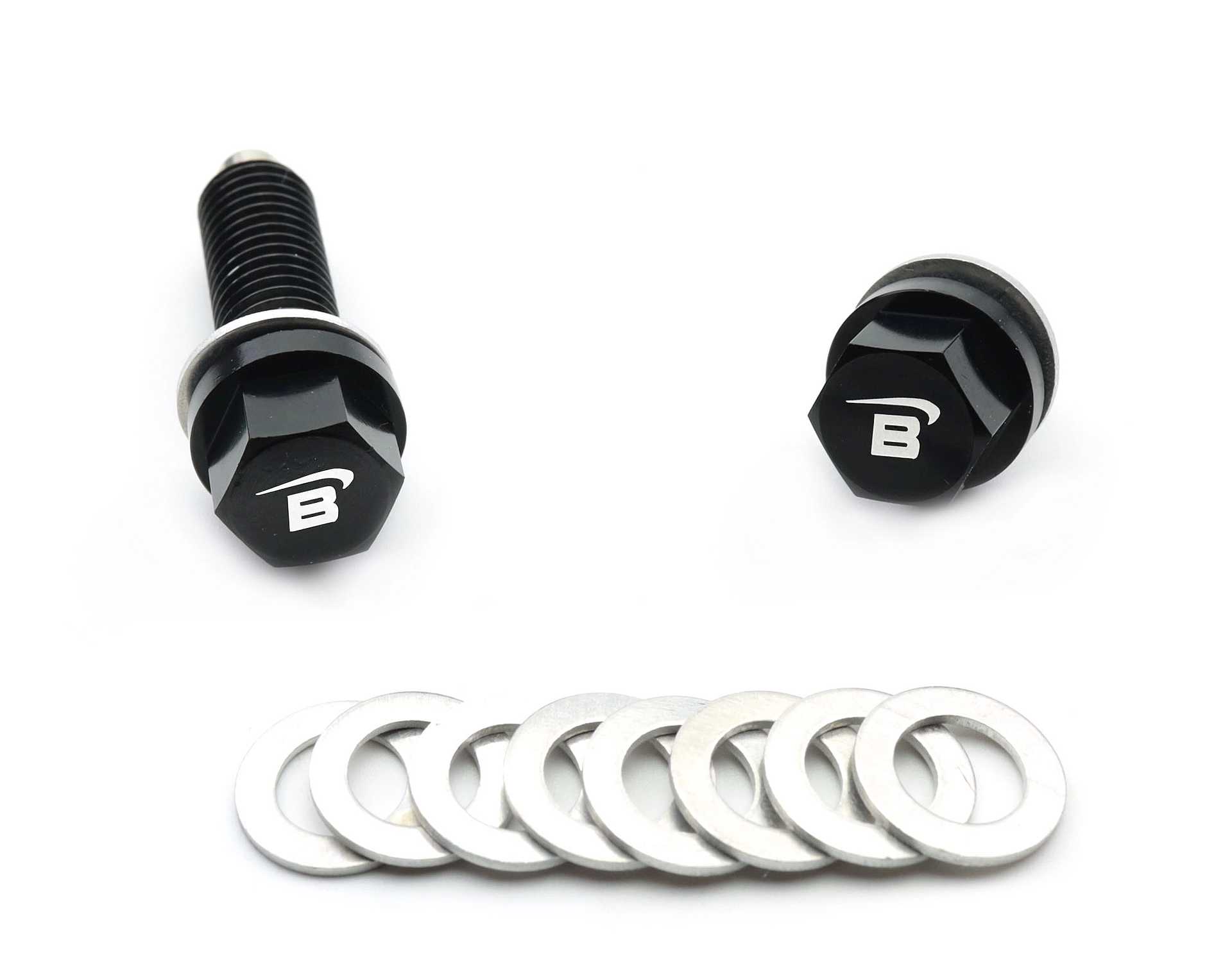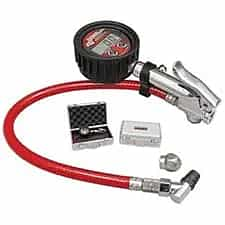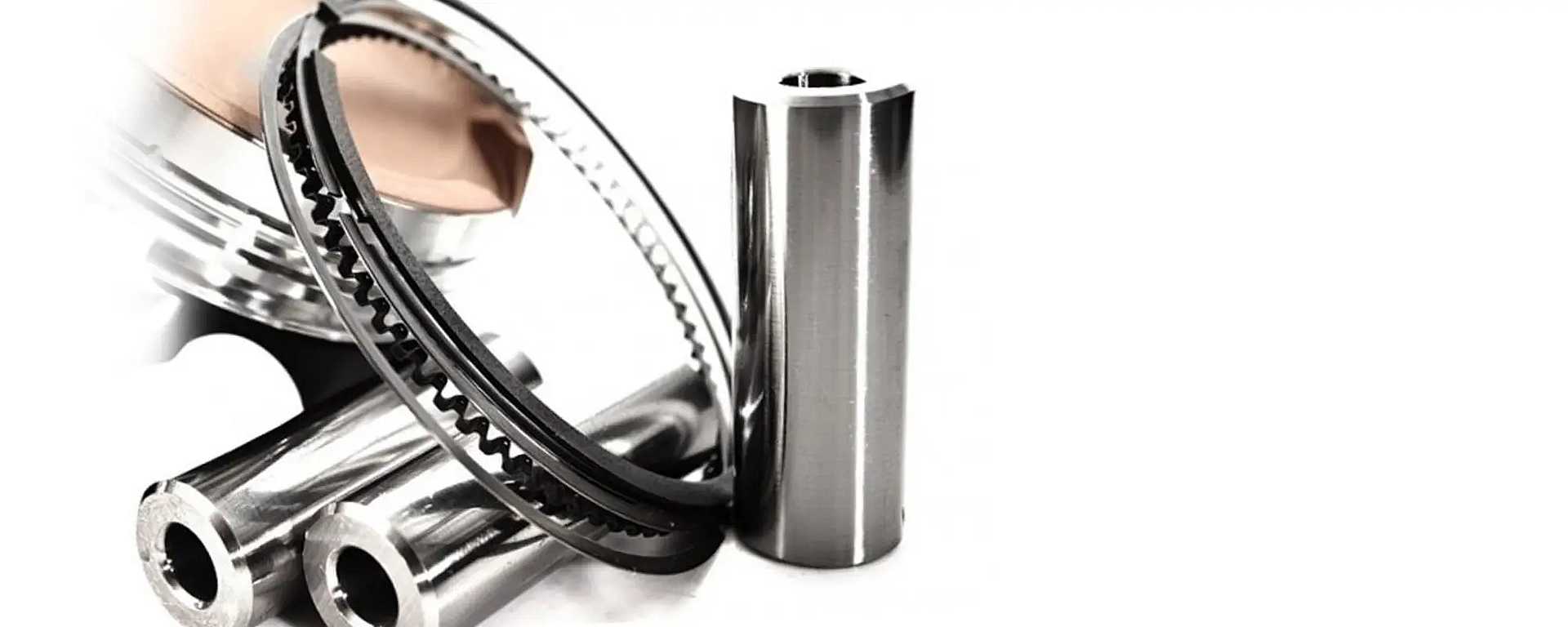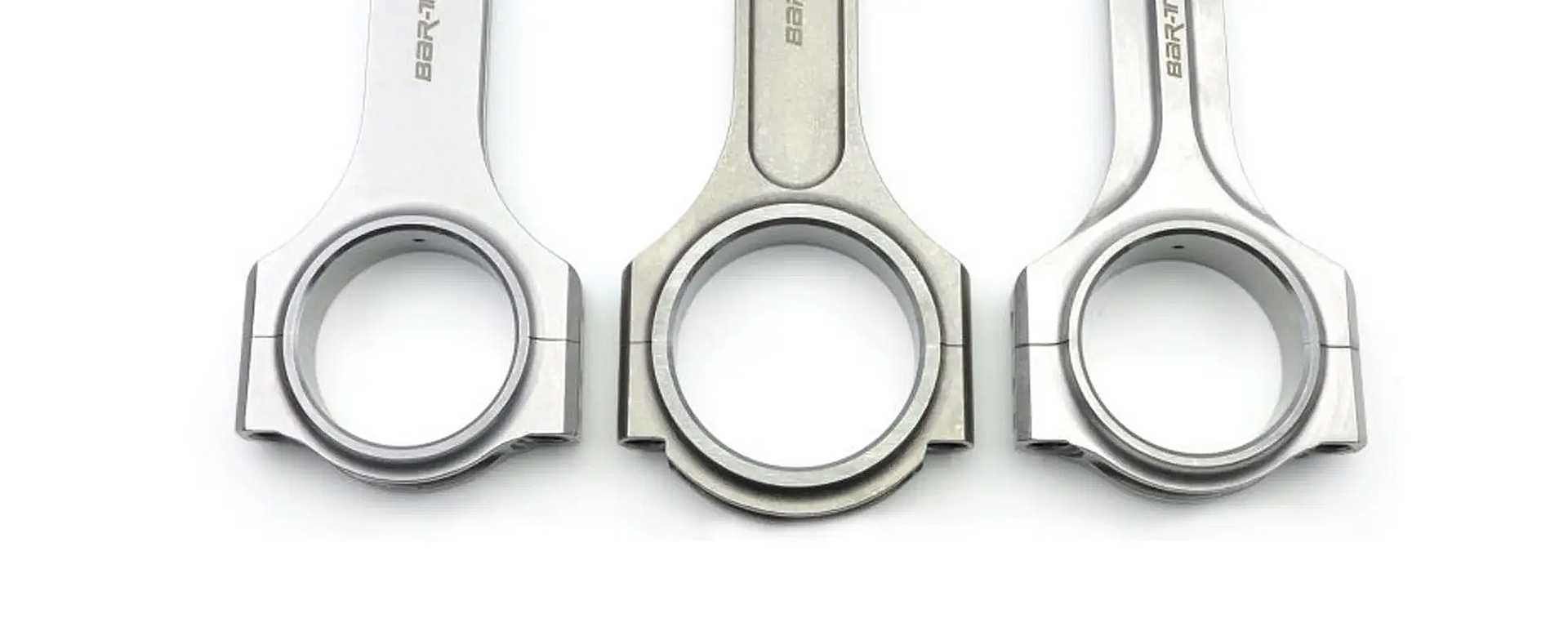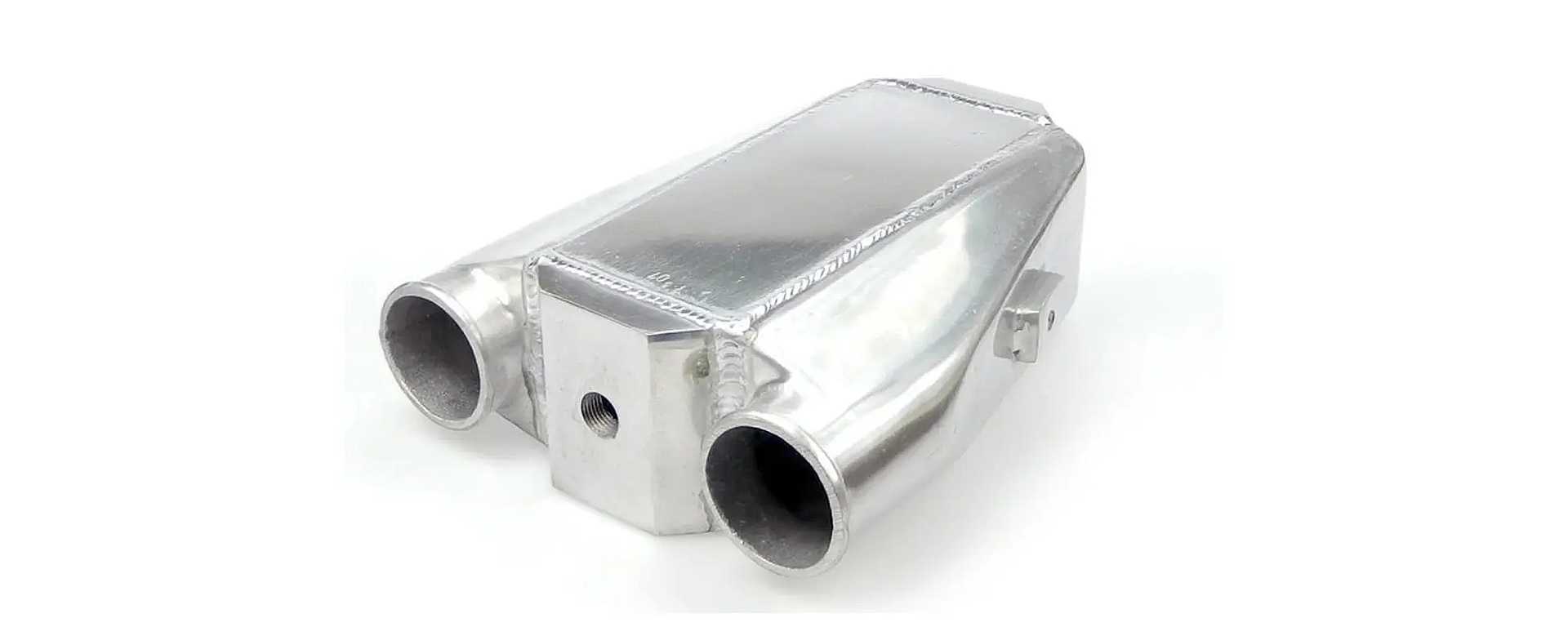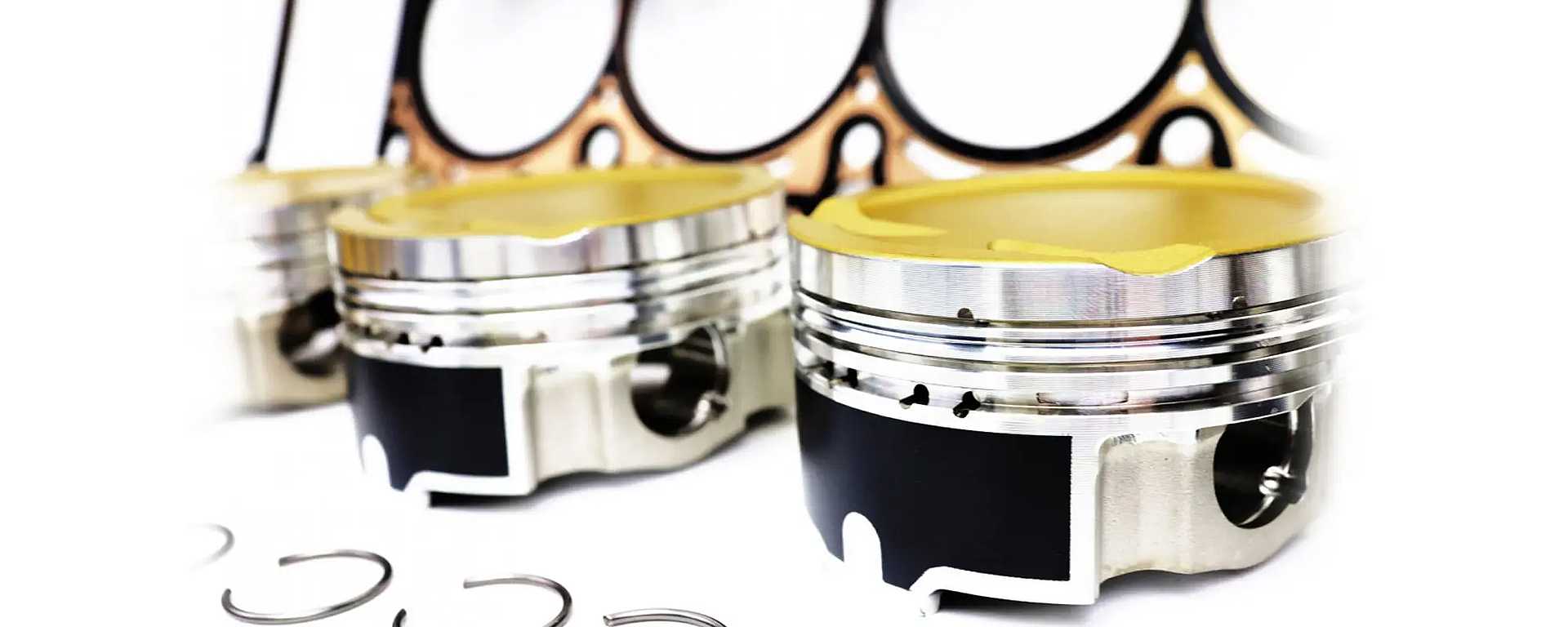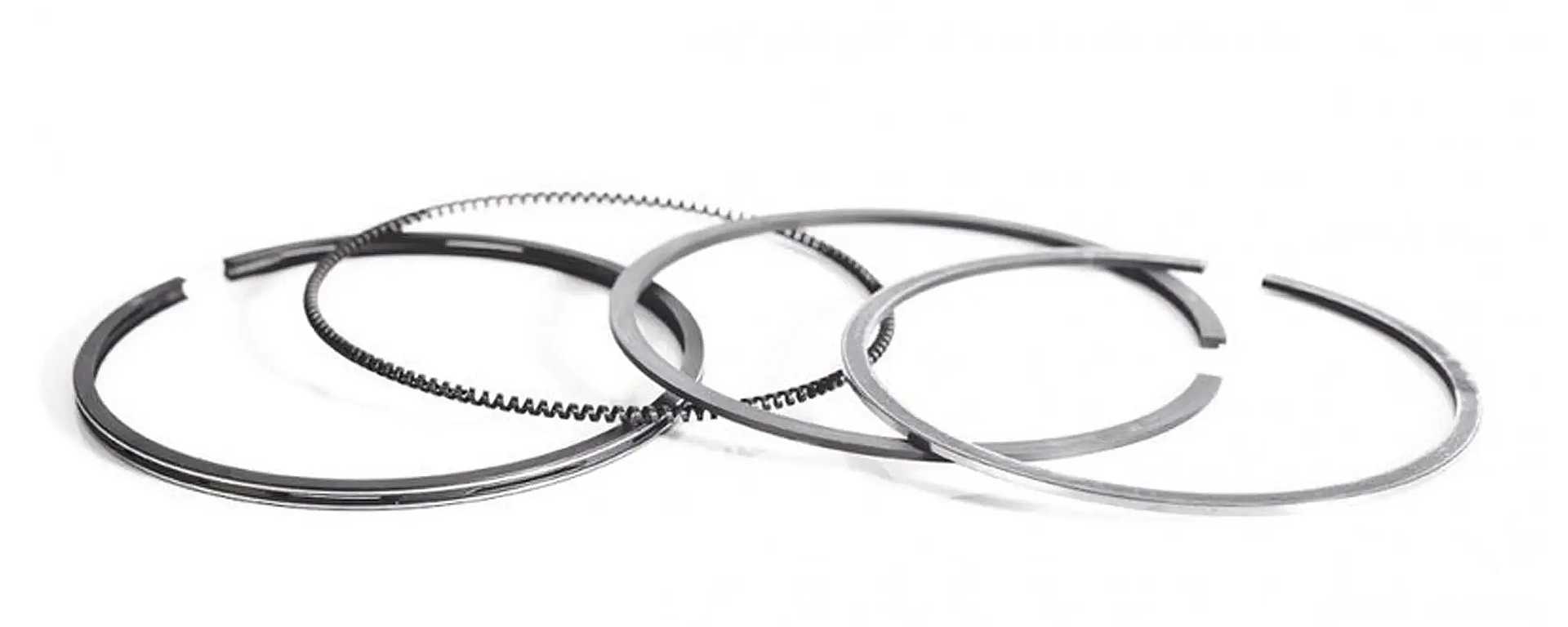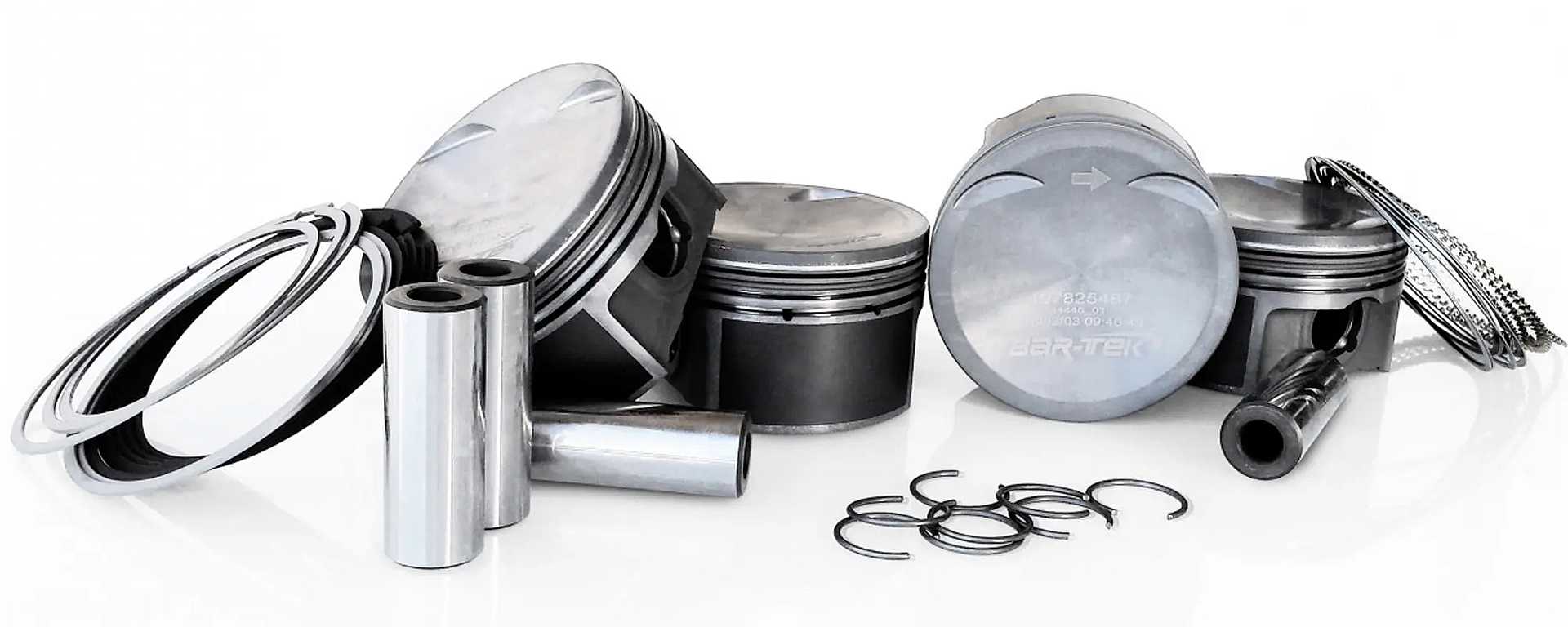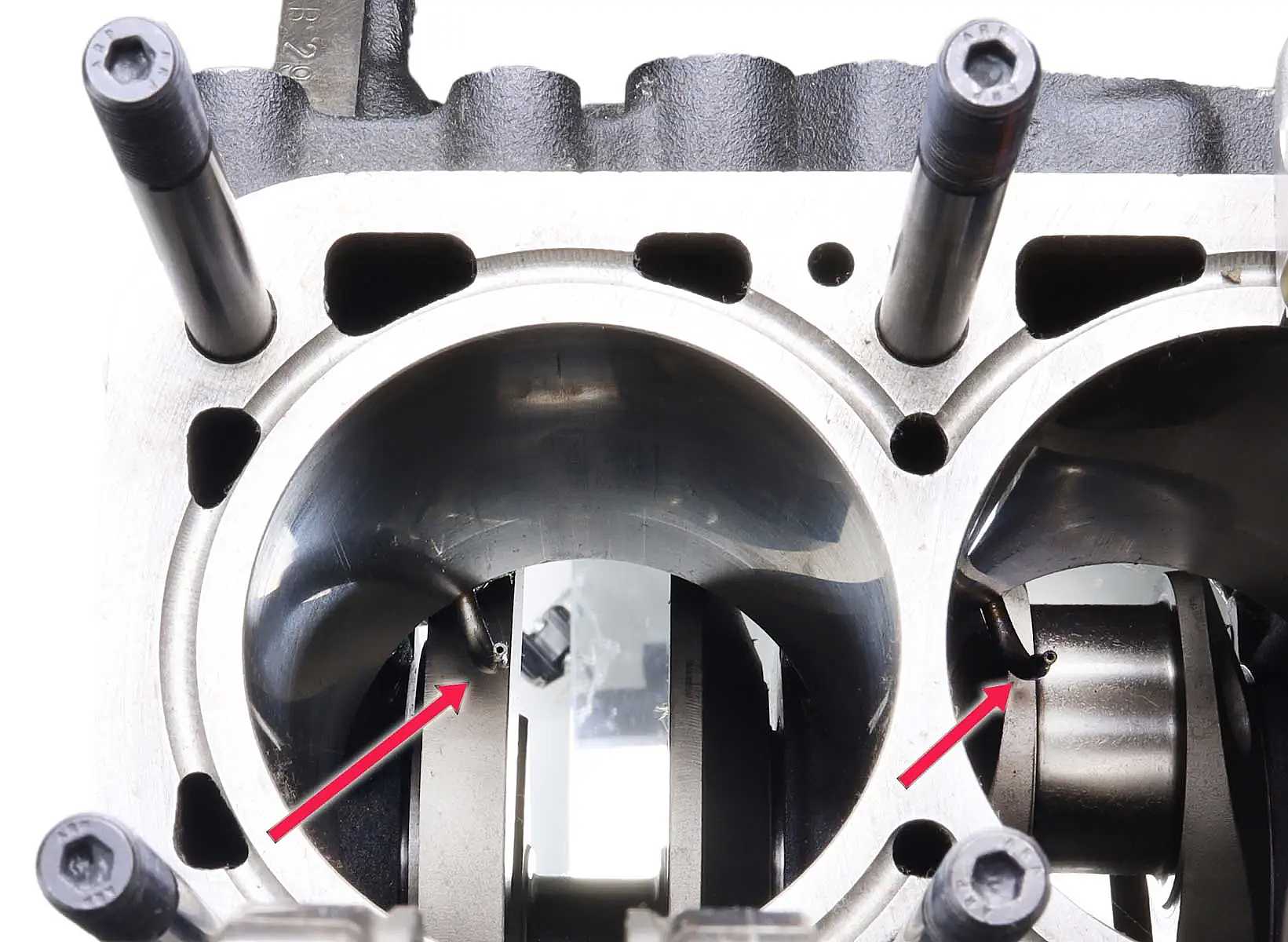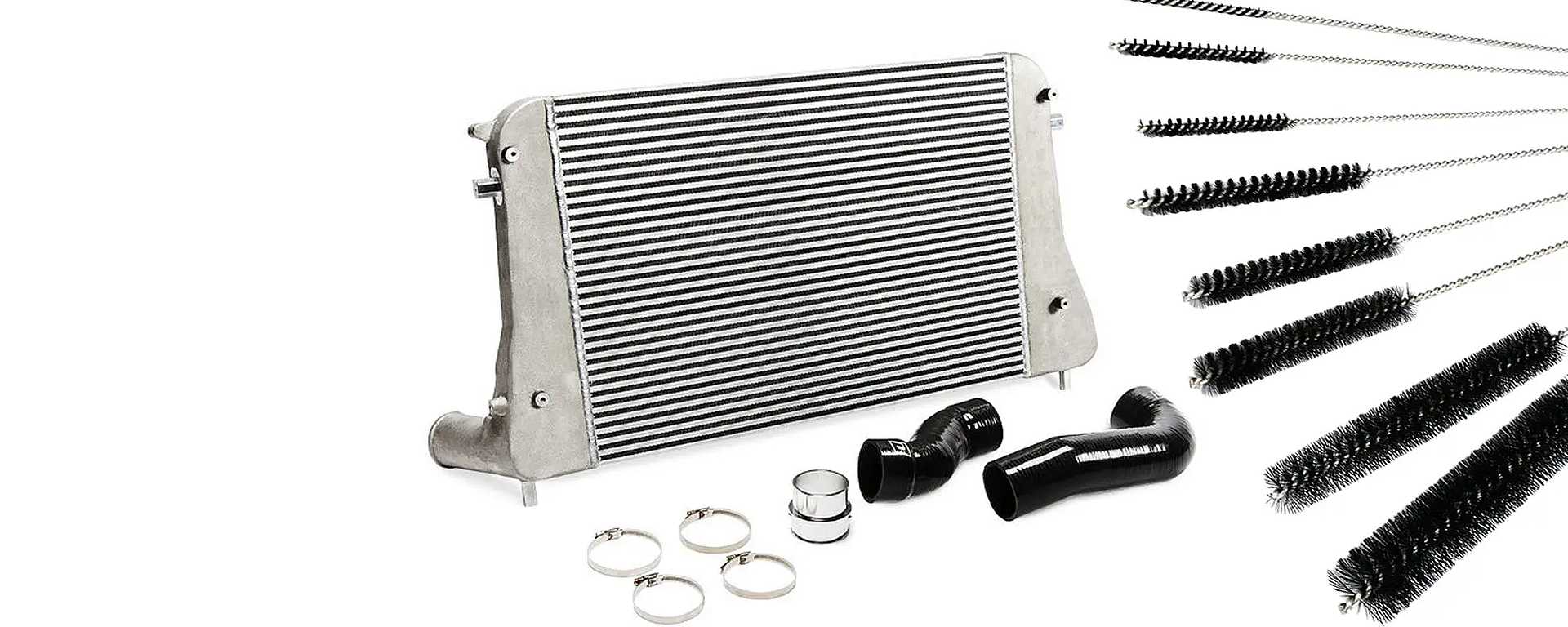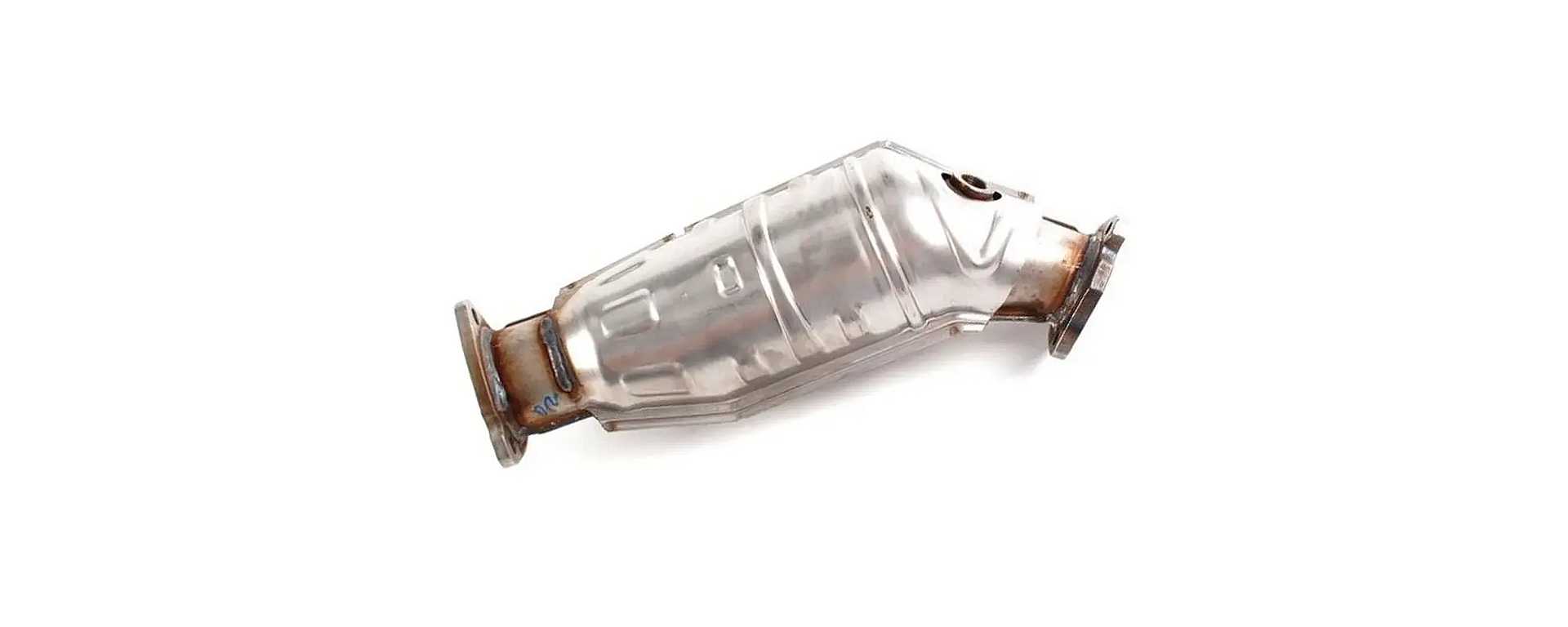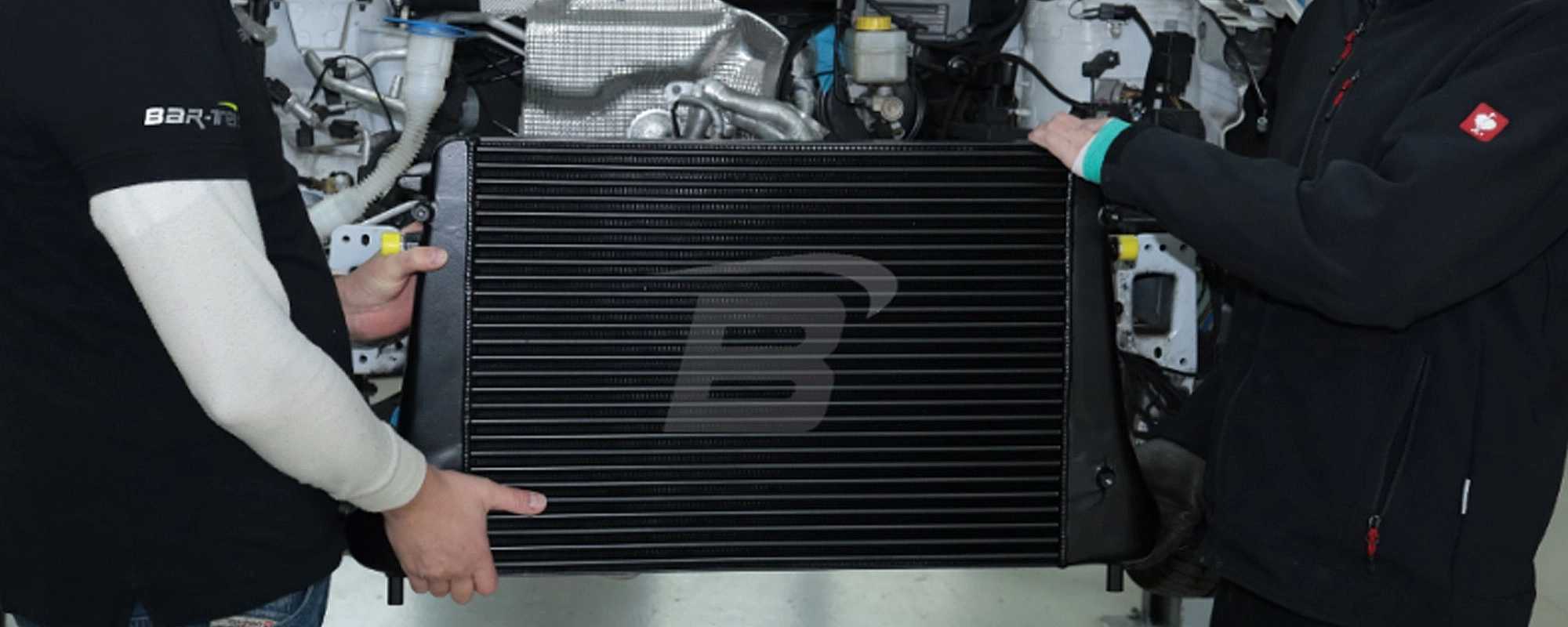

Enhanced performance – getting it right in 2024 (including Guide)
“I want more hp from my car” is mostly the first motivation for boosting performance. More power sounds really great, of course, but that’s far from everything that keen tuning enthusiasts want. Here, it’s about much more than a couple of extra horses – it’s about love of technology, of the sporty sound, the feeling, of an engine running more smoothly than a Swiss watch. And last but not least, it’s about the pure joy of being at one with the accelerator and never wanting to stop. Professional performance enhancement is intended to optimise your car and unleash your engine’s full potential. This Guide to upgrading your car’s performance tells you how this is achieved and what to look out for.
(This article refers to German regulations; be sure to check the regulations in your own country.)
-
1. What are the possibilities for enhancing performance?
- 1.1. Stage 1: chip tuning
- 1.2. Advantages and disadvantages of chip tuning
- 1.3. What’s really important to note when chip tuning?
- 1.4. Stage 2: air filter and upgrade spark plugs
- 1.5. Stage 3: Intercooler, exhaust and air intake
- 1.6. Stage 4: turbocharger and high-pressure fuel pump
- 1.7. Stage 5: top-of-the-range pistons and con-rods
- 2. The most important parts and functions at a glance
- 3. Looking ahead: the tuning trends for 2021
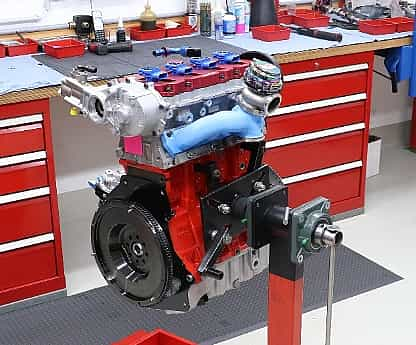
What are the possibilities for enhancing performance?
It’s all about optimising your vehicle’s performance. On the technical side, it’s about horsepower, torque and consumption. But an enhanced performance is also all about emotion: we want goose bumps when we floor the accelerator, we want a rich sound and a large grin on our face. Based on a narrow definition, performance boosting measures only cover working with what’s already there (cylinder capacity, for example). But if we broaden the term, it can also include a complete conversion to a racing engine, or reboring a cylinder to increase displacement. Here, we focus on classic chip and engine tuning.
Stage 1: chip tuning
Chip tuning – or ECU remapping – is always the first thing to do when enhancing performance. Here, the ECU is reprogrammed so that all the reserves the vehicle came out of the factory with can be fully exploited. Manufacturers always build a car with these ‘performance tolerances’, because potentially it could be driven anywhere in the world. So it may have to cope with extreme climates, road surfaces, and so on. With chip tuning, we exploit this and adapt the engine control unit so that it is ideally suited to our local conditions. The injection time, fuel quantity and so on are then optimised on the basis of various parameters (temperature, air, oil level, load, etc.) to achieve an optimum performance. This makes the engine more efficient, improves the torque and power, and reduces consumption.
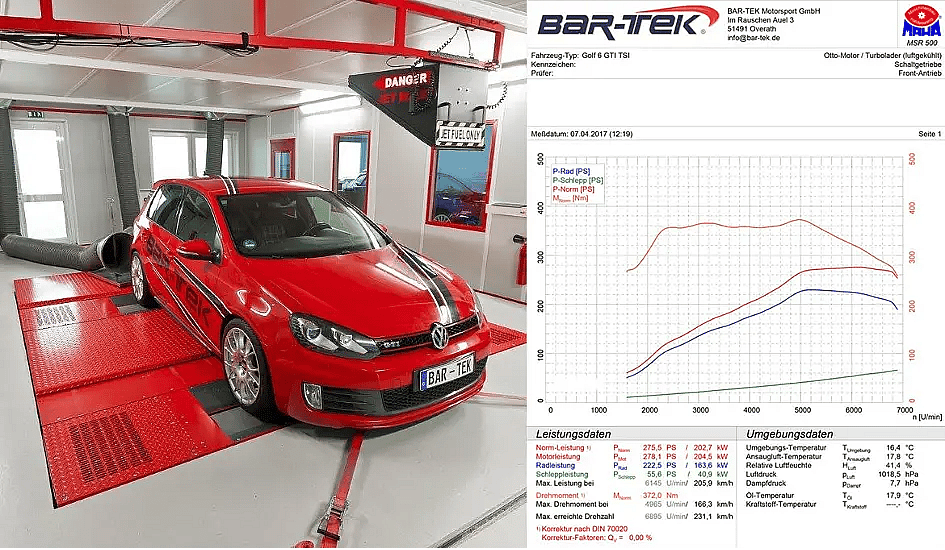
Advantages and disadvantages of chip tuning
A huge advantage of ECU remapping is that we don’t need any mechanical parts whatsoever. It’s therefore very fast to do and a lot cheaper than mechanical engine tuning. Software optimisation works for nearly every car and, when registered, is generally compliant with regulations.
However, everything has a down side, and it’s no different with chip tuning. If the performance of your car is enhanced and the engine components are unable to keep up, there could be damage. If you squeeze out every bit of additional power, you’ll also increase consumption. Overall, the engine’s lifespan is shortened in the long term if the mechanical parts are not adapted.
What’s really important to note when chip tuning?
Chip tuning can rapidly ruin the mechanics if you don’t know what you’re doing. Therefore, it’s always advisable to have the work done by an experienced provider who can also give you useful tips on engine tuning. Professionals know when it’s time to adapt engine components to the enhanced performance. In addition, they can submit the test certificates that you need in order to enter the software optimisation in your vehicle documents. This is the only way to ensure your car is roadworthy and legal after chip tuning.
Stage 2: air filter and upgrade spark plugs
When we do chip tuning, as a rule we upgrade the air filter as well. A sports air filter manages a better flow rate, so that more air gets into the engine. Next, you should also install new spark plugs and coils. When performance is enhanced, the standard parts may give out, causing misfiring. Upgrade spark plugs ensure smooth cold starting, better combustion and lower consumption.
Stage 3: Intercooler, exhaust and air intake
Now we’re really getting sporty. To give your engine an optimum air supply, you need an intercooler that can handle the extra power without problem, and cools the air down so it’s perfect for the turbocharger. The cold air contains more oxygen in a smaller volume, so that the engine can burn more and is also exposed to less thermal stress. This increases the engine’s performance, torque – and also its life. Intercoolers for performance upgrades are mostly designed to ensure that they convey as much air as possible with minimal pressure loss. The design of standard coolers, on the other hand, means they are exposed to turbulence which then diminishes performance. You can use an air-to-water intercooler, or an air-to-air model, depending on your engine. Both have advantages and disadvantages, and both have to cope with the high temperatures that will come with the next step.
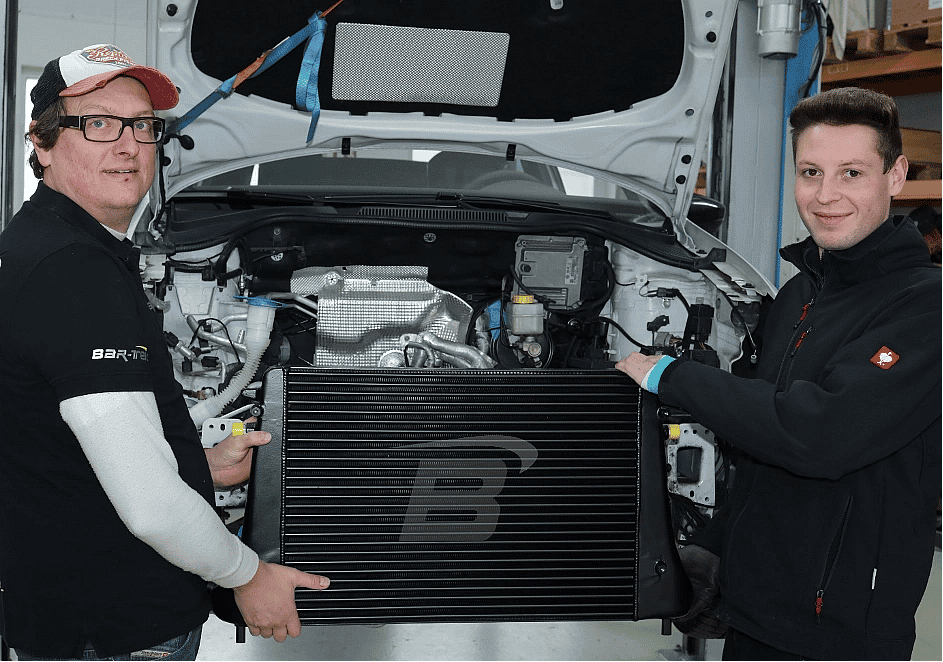
The air intake should also get an upgrade. If you don’t upgrade the air intake, the engine won’t get enough oxygen and the air will be too hot, so the power achieved by the other upgrades will be lost again. Therefore, to tune the air intake we want the most flow-optimised components possible, which draw in the cooler air from outside and send it to the turbocharger.
In this stage, we also modify the exhaust system: the downpipe and catalytic converter get an upgrade. Here too, we want a flow-optimised design, maximum heat resistance and – last but not least – that sonorous racing sound. Here, it’s important to keep the emissions figures within the road-legal range and to comply with legal regulations on sound. Optimising these components improves the responsiveness of the turbocharger, lowers fuel consumption and boosts performance. The sports cat also makes sure that the engine isn’t exposed to immense heat.
Immediate delivery!
Stage 4: turbocharger and high-pressure fuel pump
Once you’ve started enhancing your car’s performance, we suspect that you’ll never want to stop. If you want to exploit its full potential after the initial adjustments, it gets down to the nitty-gritty: now you can adapt the turbocharger and fuel pump to the hugely increased performance. The turbocharger supplies the engine with fresh air via the exhaust gas. The more oxygen the engine gets, the more fuel it can burn and the more performance you can get out of it. This doesn’t mean simply installing the largest turbocharger, however. All components should be harmonised to the greatest possible extent, so that you can really exploit all the potential. These also include the high-pressure fuel pump, for example, which can pump the right amount of petrol into the engine at the right pressure and ensure plenty of fuel even on the bends.
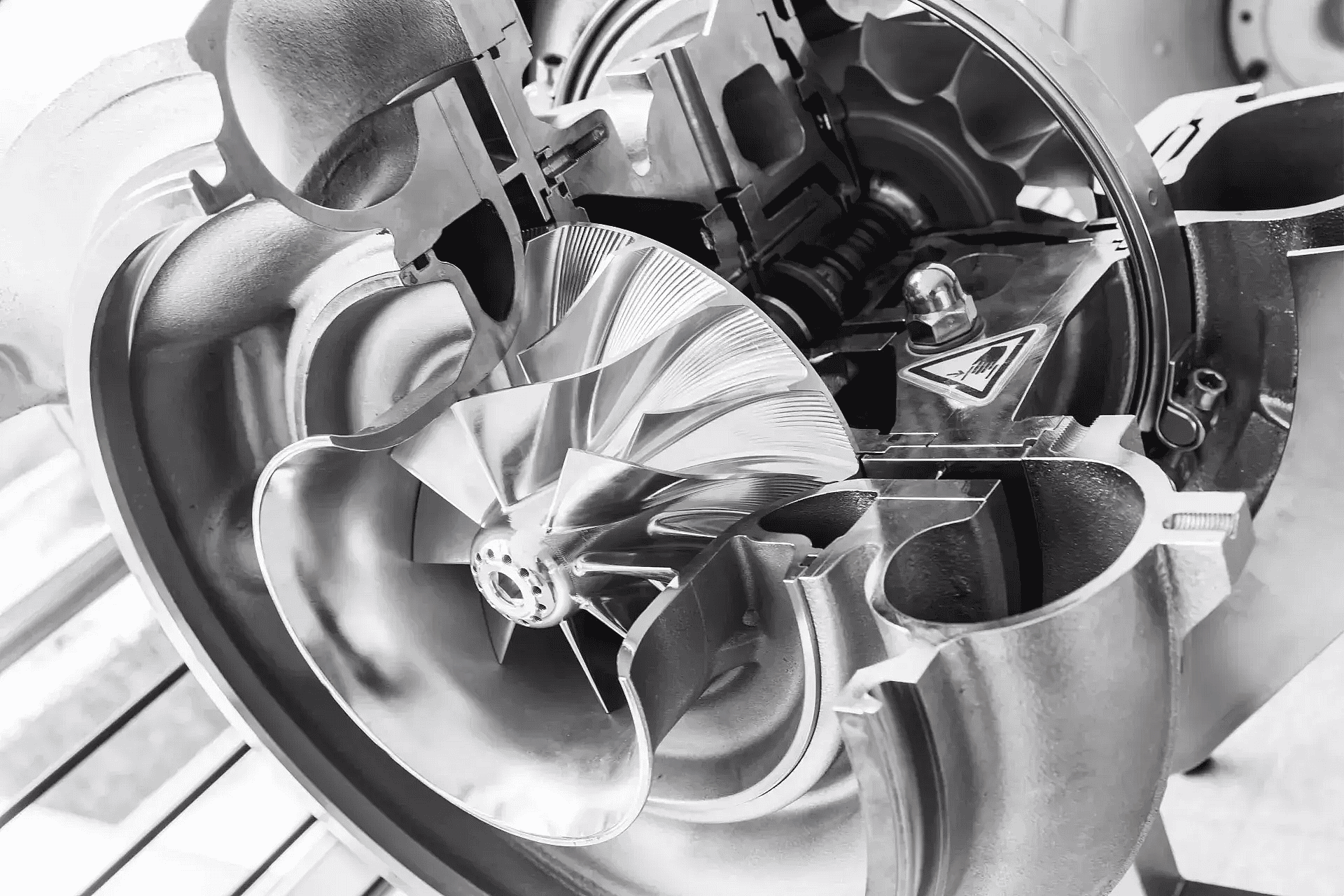
Stage 5: top-of-the-range pistons and con-rods
After turbo tuning, now it’s time for the right piston and con-rod combination. These are subject to extreme forces, which is why you need parts that are optimised for the enhanced performance. The combustion process exposes the pistons to extreme thermal forces, while the con-rods have to cope with pressure and tensile and lateral forces from all sides. Tuning pistons and con-rods are made with special alloys, for instance, to make them particularly hard-wearing.
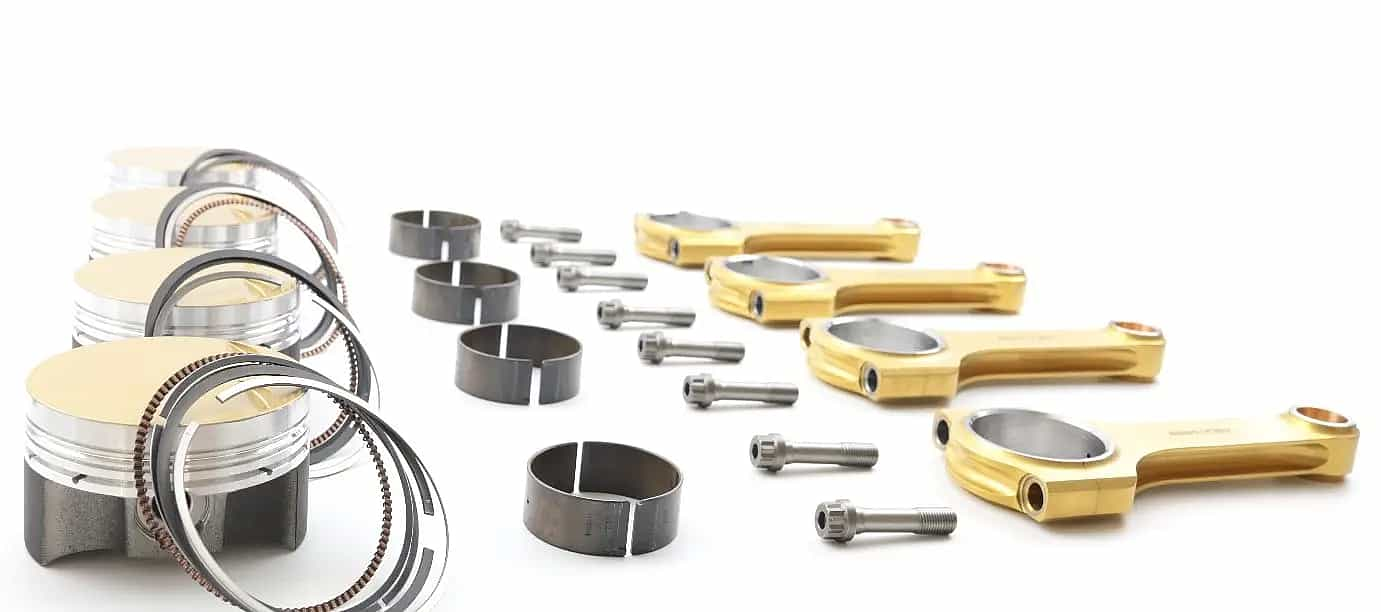
The most important parts and functions at a glance
Chip tuning: We optimise the software, achieve more power and torque and lower consumption without any extra parts.
Sports air filter: More fresh air for your engine, so it can burn more efficiently.
Intercooler: Air that’s ideally cooled for the turbo means better responsiveness, more power and torque.
Exhaust system: Improved exhaust figures, a sportier sound and less backpressure also mean more power.
Air intake: Uniformly cool air with extra oxygen means more mixture to be combusted, and therefore more power.
Turbocharger: Even more air, optimum compression, nice and cold – your engine loves this, and rewards you with even more power.
Pistons and con-rods: They can cope with what the other parts have coaxed out of your engine – for you can only enjoy all this power if the engine can take it.
Looking ahead: the tuning trends for 2021
Professional performance enhancement services don’t want to be left behind and are diligently continuing to optimise. Our personal highlights among the tuning trends for 2021 include the following parts:
No. 1: Golden titanium nitrided H-beam con-rods. These con-rods could win a prize for their design alone. But that’s not all. With their titanium nitriding, they can handle power over 1000 hp without problem! Bartek says: “They go especially well with the JE Ultra Series piston”. For these also have a golden coating!
No. 2: Small and sweet – the BAR-TEK piston mounting sleeve hugely facilitates piston mounting. Will soon also be available in different colours for each size and as a hire tool.
No. 3: A hot tip for many – the oil cooler kit for the VW T6. Eradicates the in-born problem of raised oil temperatures and extends your engine’s life.
The dangers of unprofessional performance enhancement
What can happen if performance enhancement isn’t done by professionals?
Unfortunately, every conceivable scenario is possible. If you’re lucky, not much will happen at all. If you’re unlucky, anything can happen, including writing off your engine.
Can chip tuning be harmful?
Yes. Be sure to have software optimisation carried out only by experienced professionals who know a thing or two about cars. In the worst case, a badly tuned ECU can damage mechanical parts irreparably.
Do performance upgrades always have to be registered?
Yes. As soon as we enhance the performance, the parts or the chip tuning have to be entered in the vehicle documents. Some parts can be tested and entered individually without TÜV approval.
Immediate delivery!
Many reasons for BAR-TEK®
- 15 years’ experience with motorsport
- 10 years’ experience with Formula 1
- Top price/performance ratio
- High-quality tuning parts
- Ambitious tuning over 1000 hp
- Professional customer service
- Limitless enjoyment at the wheel
